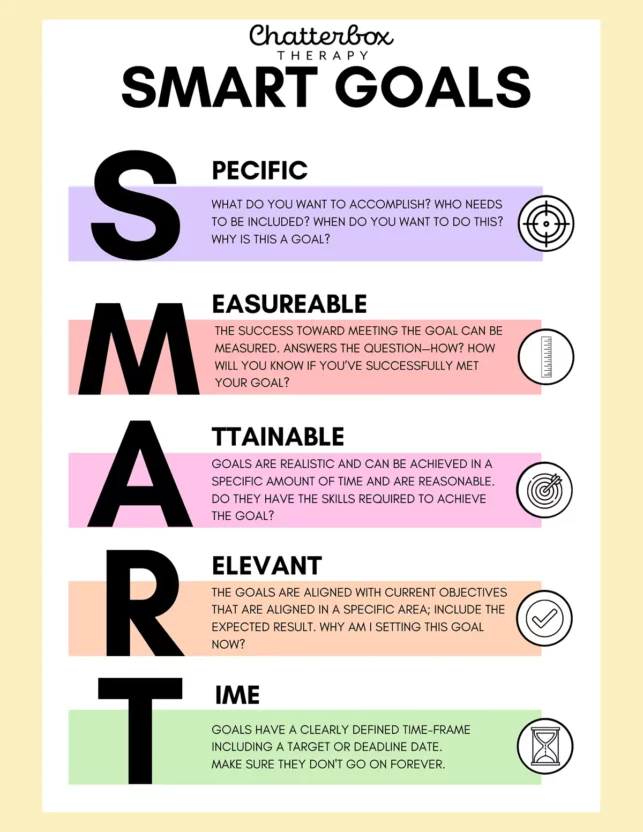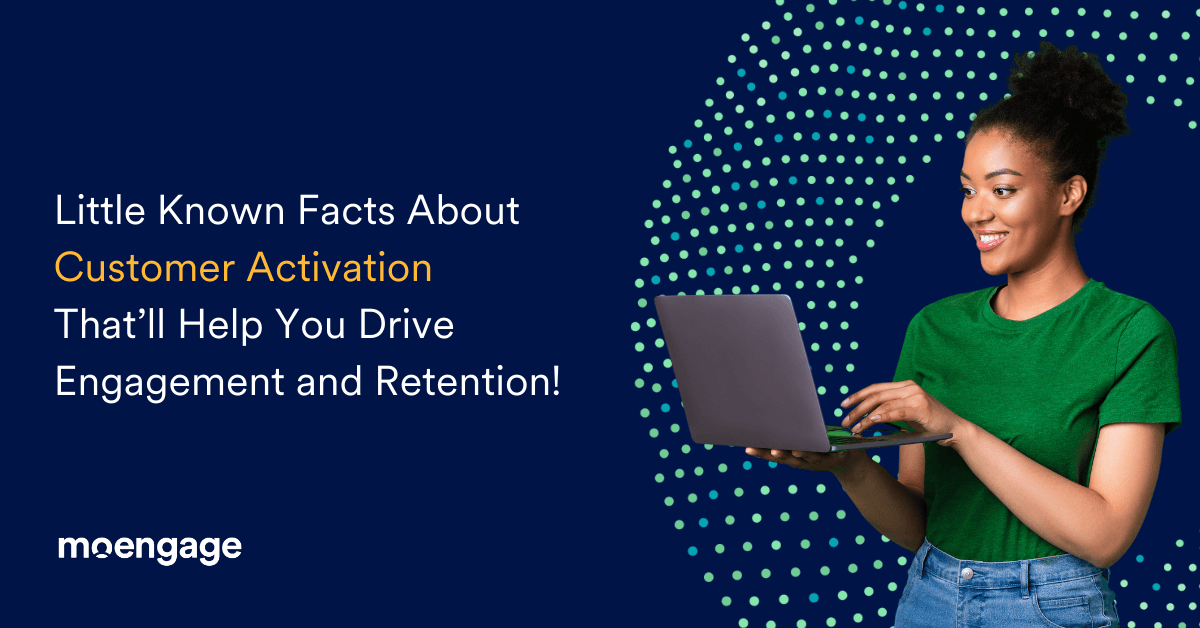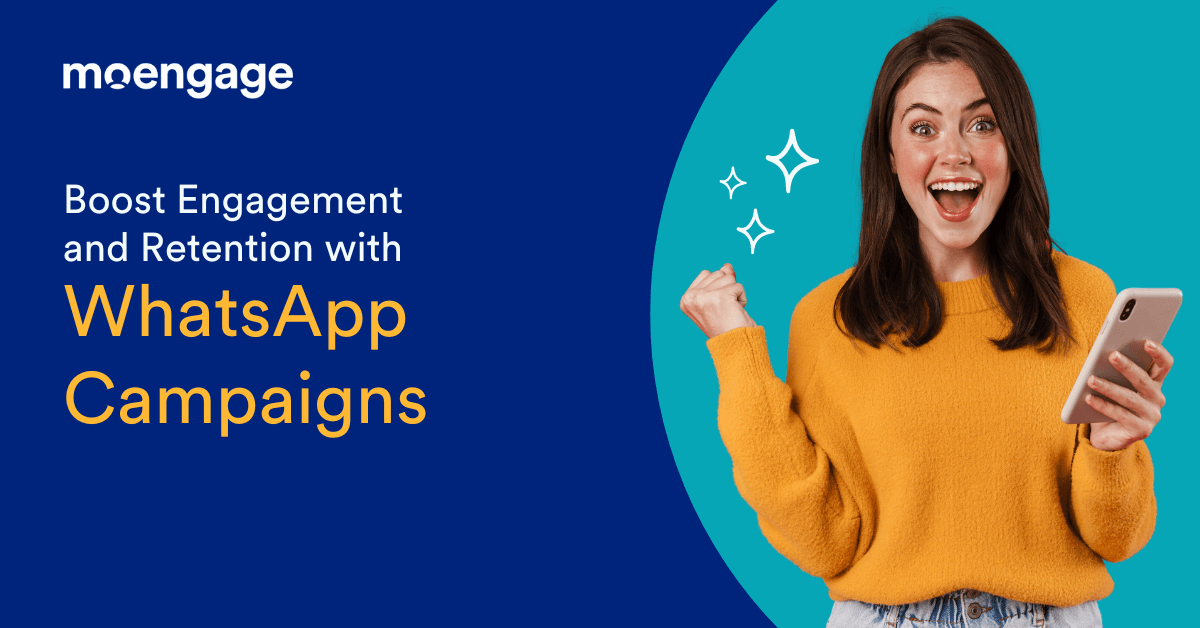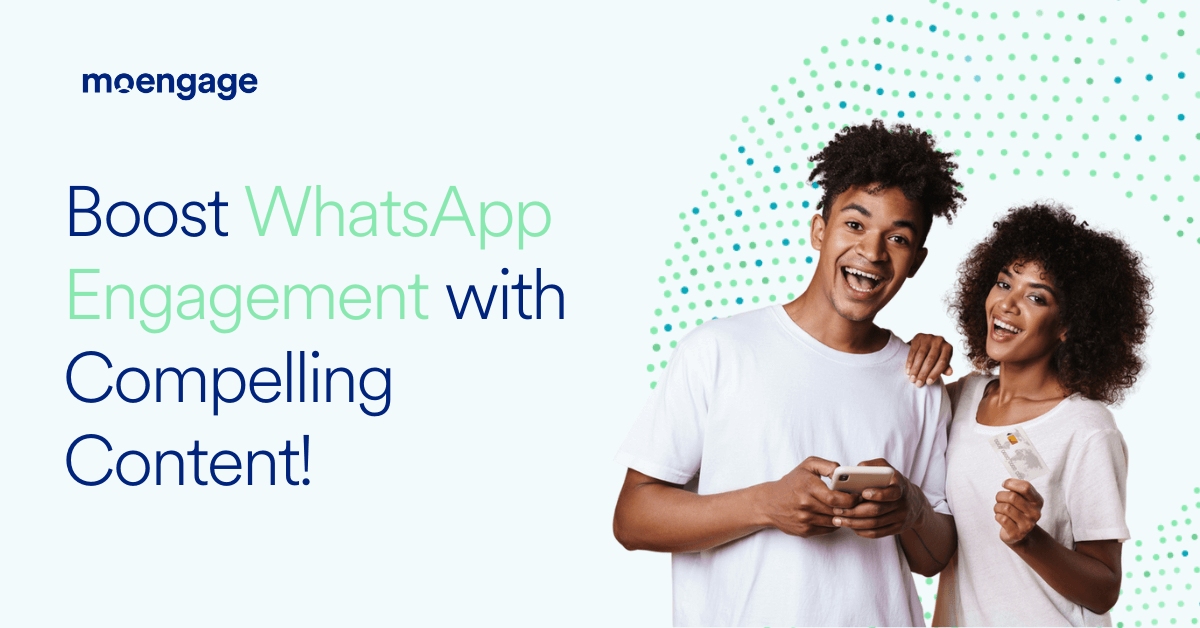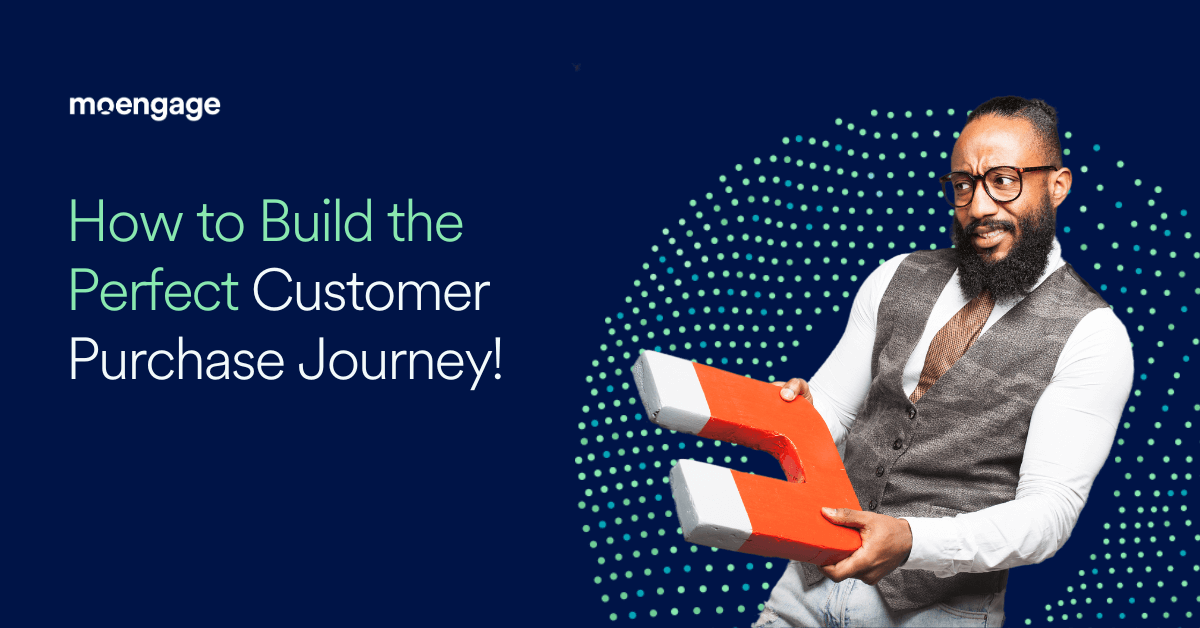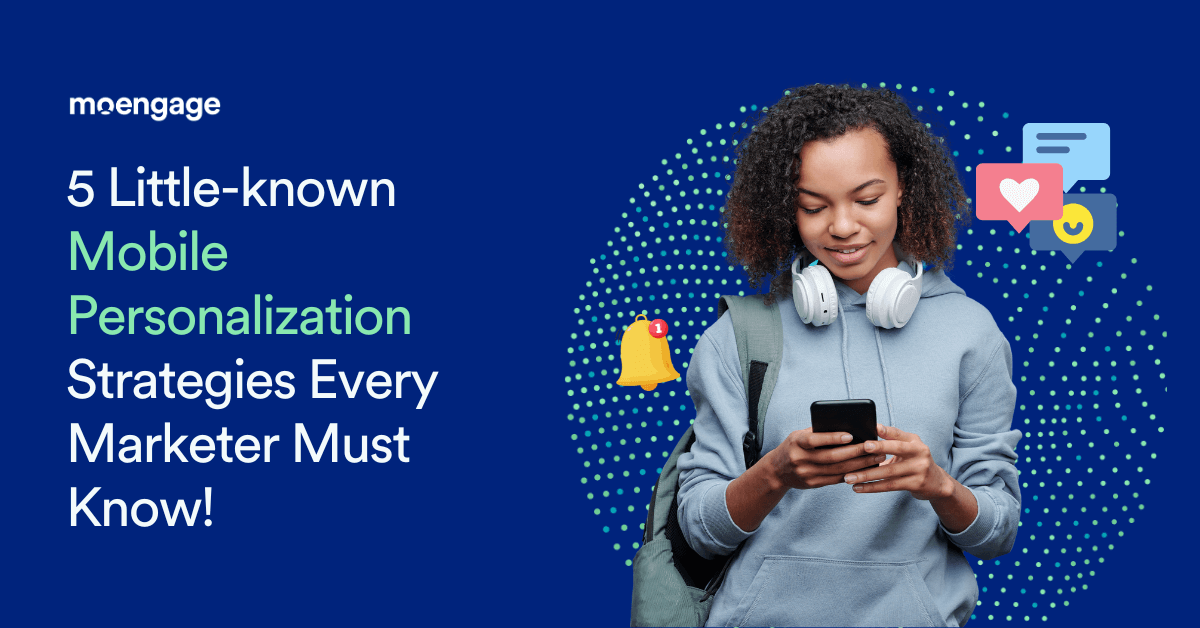Customer Engagement Examples That Will Inspire You to Create a Kickass Strategy!
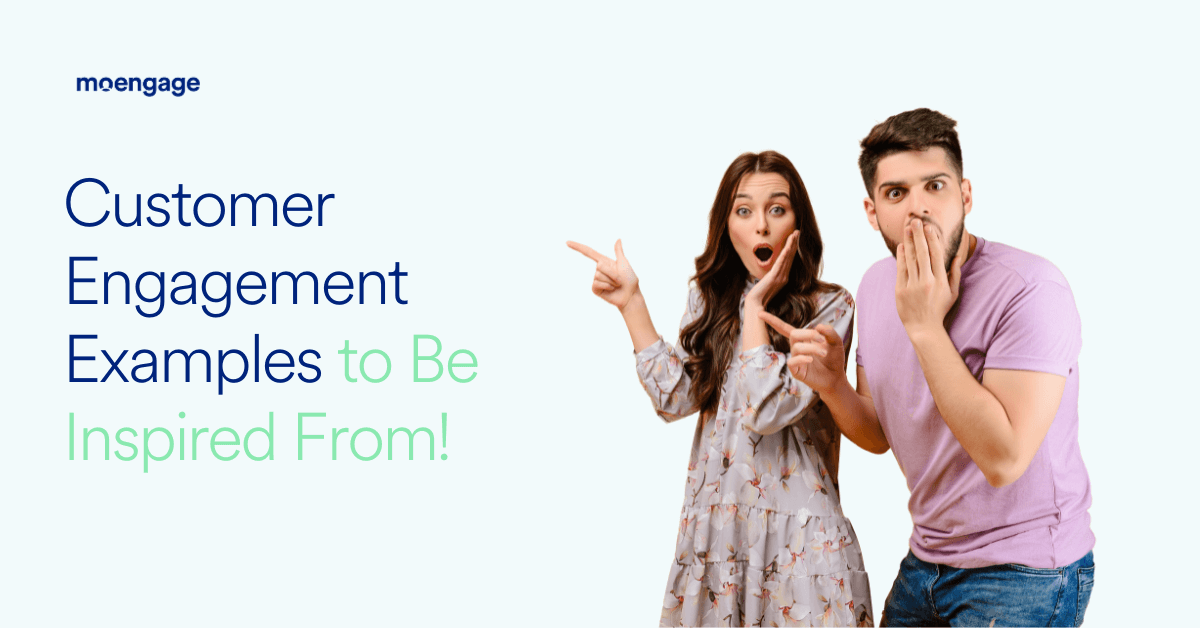
Marketing is a tough nut to crack. It takes work to tread this fine line where you have to balance messaging cadence, personalization, customer experience, marketing channels, and more.
One out-of-line email will have customers clicking on unsubscribe. But sit on that draft message for too long, and you’re out of sight and out of mind! To help you avoid such a conundrum (or a goof-up), we’ve put together some customer engagement examples.
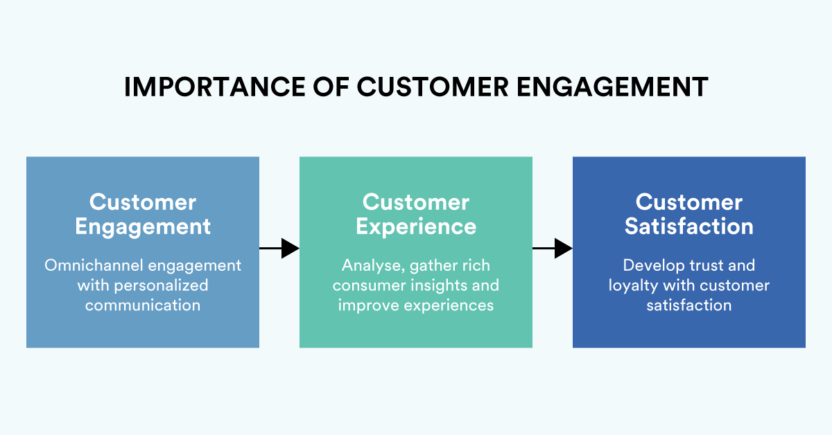
Customer Engagement Examples: 8 Methods That Work
Customer engagement frameworks should span multiple channels to connect with and delight customers in multiple ways. And so, we start with a few excellent customer engagement examples that marketers swear by:
1.) Welcome Emails to Kickstart Engagement from First Touch
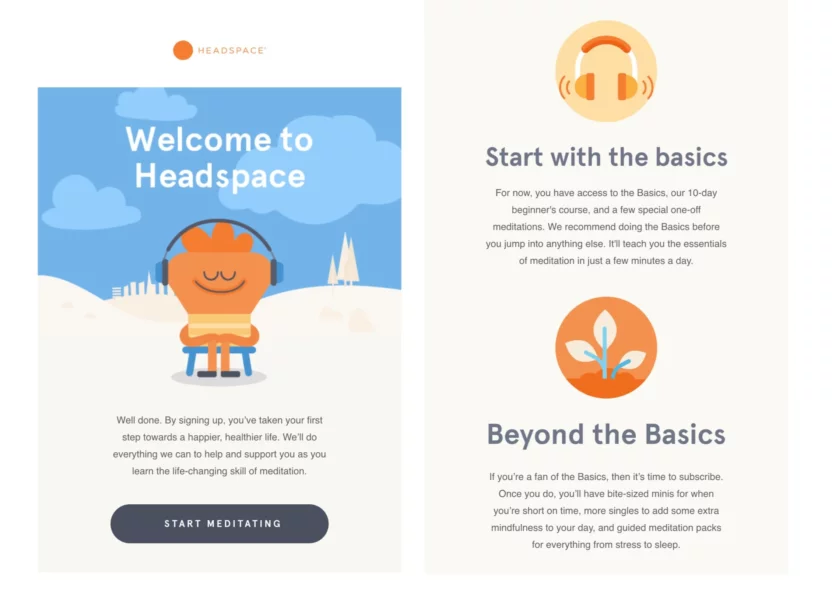
Welcome emails are the first email a brand sends to its customers. More than a mere formality or common courtesy, they are a customer engagement tactic that attracts an open rate of 91.43%.
What’s more, this customer engagement example generates 320% more revenue per email than any other promotional campaign. So, whether you’re an E-commerce brand offering a coupon code to encourage a purchase or a SaaS company offering a free product demo, make it a point to send a welcome email either way!
2.) Social Media Campaigns to Humanize Brand Engagement
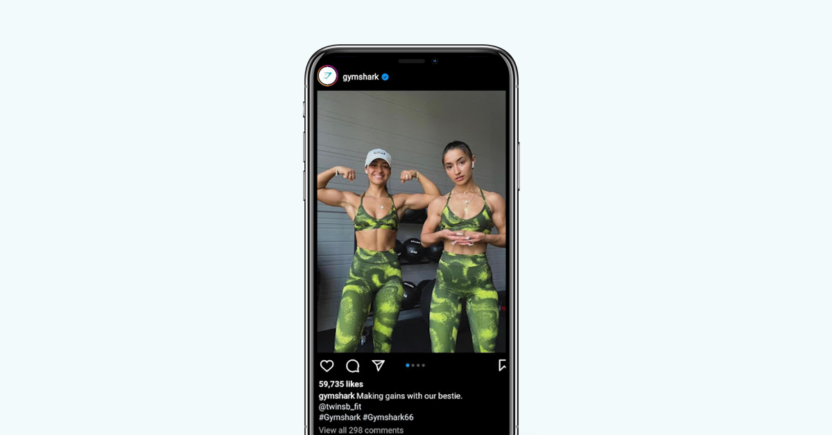
Social media campaigns are one of the best-known customer engagement examples. Running campaigns on social media platforms lends brands an opportunity to connect with potential and existing customers and build customer relationships. Since your options could vary from TikTok to LinkedIn, choose the appropriate channel depending on your niche, industry, and target audience.
Once you’ve established your presence there, you can engage customers by publishing or sharing content, assisting customers struggling to find value, responding to customer feedback, participating in ongoing trends, and listening to customer sentiments towards your brand.
3.) Milestone Messages to Celebrate Customers and Their Journeys
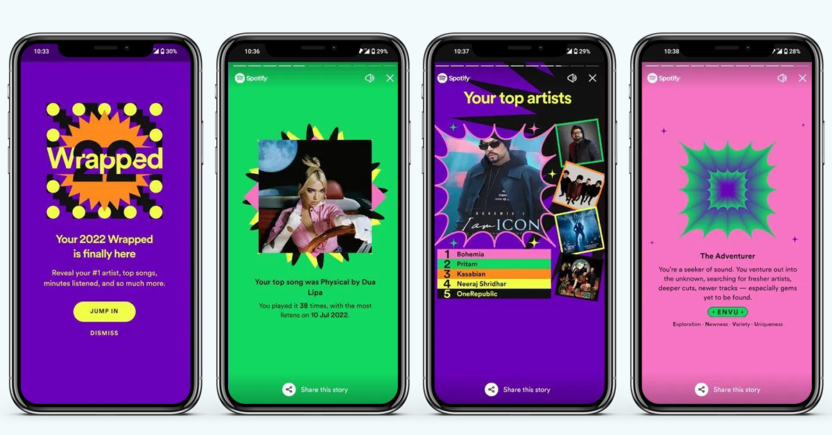
Milestone message is an excellent customer engagement example for brands looking to cultivate customer loyalty. It acknowledges the customer as an individual and commemorates their many milestones along the way.
Whether it is their birthday (and a sweet discount coupon as a gift) or a nostalgic look back into your journey together, or simply celebratory in-app messages for unlocking a new feature, milestone messages reiterate the brand’s value proposition to rekindle customer engagement.
Spotify’s year-end Wrapped is a great example of how celebrating your customer can generate a buzz – before and after an event takes place.
4.) Loyalty Programs to Keep Customers Coming Back for More
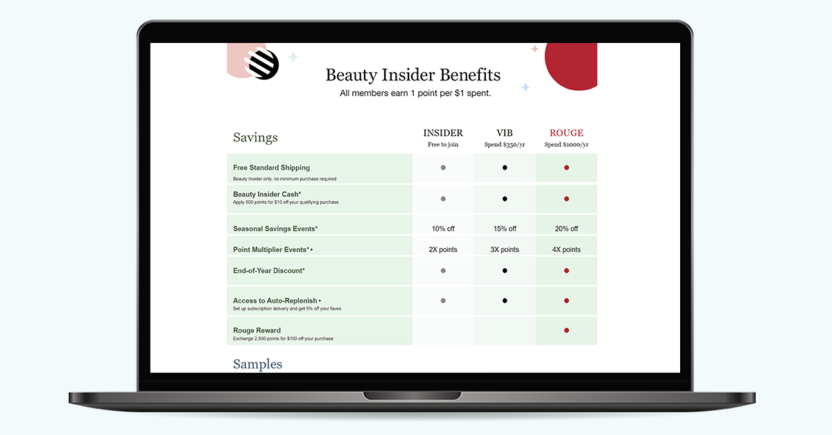
Loyalty programs are also good examples of customer engagement. After all, enrollment in loyalty programs affects the purchase decisions of 83% of consumers. In other words, offering rewards and perks in exchange for brand loyalty heightens engagement and increases revenue.
Classic examples of customer engagement through loyalty programs include exclusive access to sales, redeemable points, and freebies, to name a few. Such incentives encourage progress in the customer journey while keeping customers interested.
5.) Notifications to Address Specific Issues
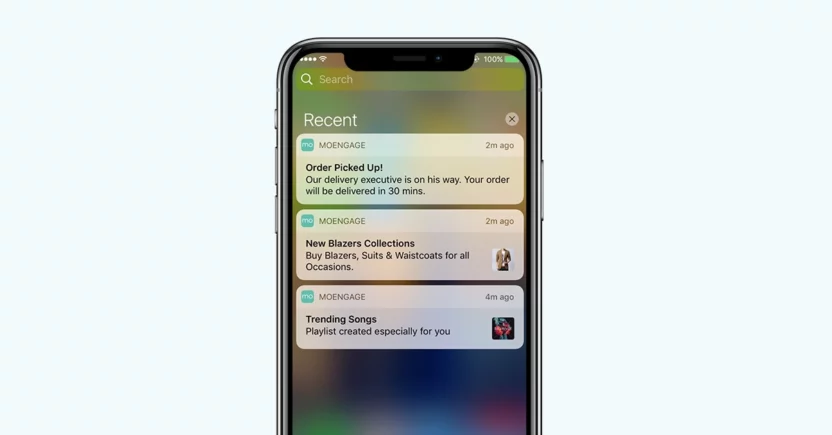
Notifications, whether they are in-app messages or web/mobile push notifications, are a personalized way to capture the attention of your current customers. Such brand messaging helps increase customer engagement by integrating value into the customer experience.
Whether it is offering a product tour, announcing a new feature or policy change, alerting customers of a flash sale, or retargeting customers heading toward churn, notifications are highly versatile in keeping customers engaged.
6.) Support Interactions for a Well-Rounded Customer Experience
Support is often an overlooked segment of customer engagement. However, nearly 8 out of 10 customers link customer associate knowledge with engagement. Resultantly, the manner in which your agents serve customers leaves a lasting impact on the overall customer experience.
Sprinkle in some context and personalization to these customer interactions, and you will increase customer loyalty too!
7.) Conversational AI to Make Engagement Conversational
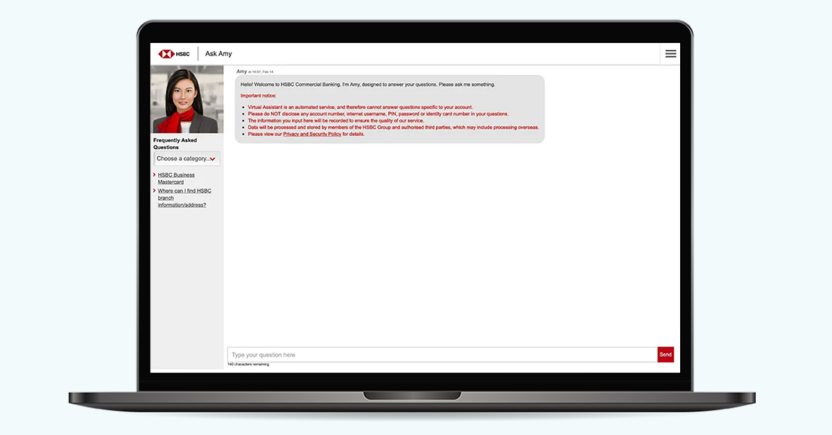
Conversational AI may have been the latest customer engagement example, but it has had the most far-reaching effects. It grants “always-on” engagement to make brands available at all times. Whether it is educating prospects on the product/service or carrying out order fulfillment, or assisting with troubleshooting, conversational AI can perform a range of activities.
Plus, it will improve with every iteration, which means that you can serve customers better. Apart from driving engagement, conversational AI can increase customer satisfaction, maintain scalability, develop customer-centric processes, and ensure continuous growth.
8.) Feedback and Surveys for Post-Sale Engagement
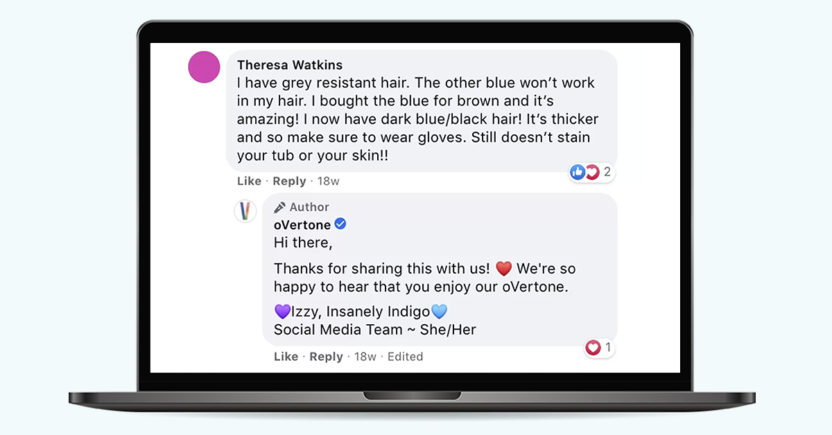
Feedback and surveys should feature in your customer engagement strategy for various reasons. For one, when you collect customer feedback, it makes them feel heard and valued. Such an emotion instills loyalty and paves the way for advocacy.
You also gain unique insights into what customers expect, and catering to this need will boost customer satisfaction. Seeing how 96% of customers do not bother to complain and will either stop purchasing or share their negative experiences, feedback and surveys are great interventions to re-engage and retain customers.
Express Tip: Building Customer Engagement StrategiesHere is a quick step-by-step guide on how to build a successful insights-led customer engagement marketing strategy: 1. Set SMART goals for your customer engagement campaign.
2. Orchestrate cross-functional team collaboration so that every team/department can contribute toward goal achievement. 3. Identify key customer engagement touchpoints and their short-term and long-term effects. 4. Consult internal and external stakeholders and loyal customers to understand how to improve customer engagement. 5. Test, measure, benchmark, and review your customer engagement strategy to streamline it further. |
Tips and Tricks to Power Up Your Customer Engagement Strategies
Building a successful customer engagement marketing strategy is fairly simple. You build, measure, analyze, and optimize – pretty much the same things you do with any marketing strategy. However, it is the implementation of these strategies that differentiate memorable brands from ordinary ones.
Here are some tips and tricks to etch your brand’s name into your customer’s minds:
- Modern-day customers want to be in charge of their purchase decisions and how they interact with brands. And for this reason, brands must branch out through omnichannel customer engagement to meet their customers halfway – anywhere.
- While diversifying your reach across multiple channels, brands should centralize operations through a unified customer engagement platform. Insights-led CEPs like MoEngage help optimize and automate customer interactions to make them more meaningful.
- Establish a brand voice and personality that persists across channels. A distinct brand voice can humanize and personify the brand to make it relatable. Wendy’s is one such brand voice that is recognizable regardless of the channel.
- Carry out real-time customer journey mapping and then use the insights to decipher how to engage different personas. Matching customer behavior, triggers, motivations, etc., will allow you to personalize interactions, customer journeys, and the overall experience.
- Identify bold emotions, beliefs, and values that blend with your brand’s mission and vision. Incorporate these into how businesses engage with customers and employees to build a lasting brand image.
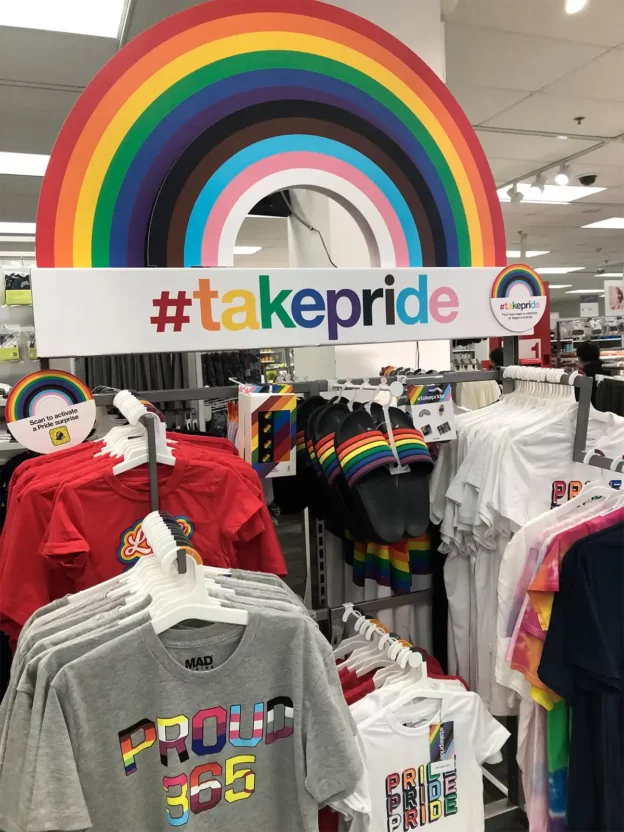
- Focus on an inside-out approach to engagement, as happy employees make customers happy. So, hunt down ways to improve employee satisfaction and engaged customers would be a by-product of this venture!
- Try as hard as you may, but you cannot engage and win over everyone. You might find unqualified leads and ill-fitting prospects in your sales pipeline, which is why you should make it easier for them to disengage. Ejecting them would also conserve resources.
- Never shy away from going the extra mile for a customer. It might cause a slight inconvenience, but the customer loyalty that it will build along the way would make it well worth it!
7 Best Customer Engagement Examples from Real-World Brands
Here are a few customer engagement examples from some of the top brands:
1.) 7-Eleven: Omnichannel Engagement for Online and Offline Shoppers
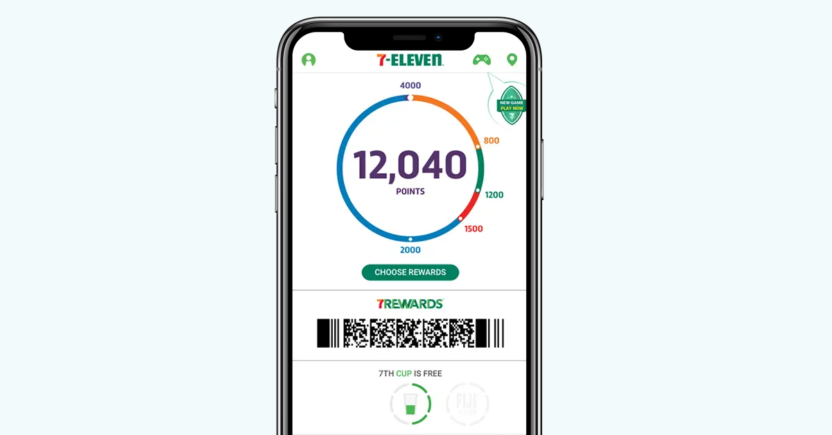
We find 7-Eleven’s customer engagement campaign particularly interesting since it was never a born-on-the-internet brand. The retail convenience store pivoted its customer engagement strategies to keep up with the changing trends, specifically through mobile marketing.
The 7Rewards app melds the brand’s online and offline presence to create a connected, omnichannel customer experience. In-store customers can use the app to scan barcodes, pay using their digital wallets, and skip queues through mobile checkout.
Shoppers can also use it to get their favorites home-delivered in less than 30 minutes! To encourage its adoption, the 7Reards’ mobile customer engagement campaigns offer app-only deals, 2x reward points, access to exclusive menus, and free products. Geo-fencing and personalization further boost engagement and efficacy of such campaigns.
2.) GoPro: User-Generated Content to Engage More Customers
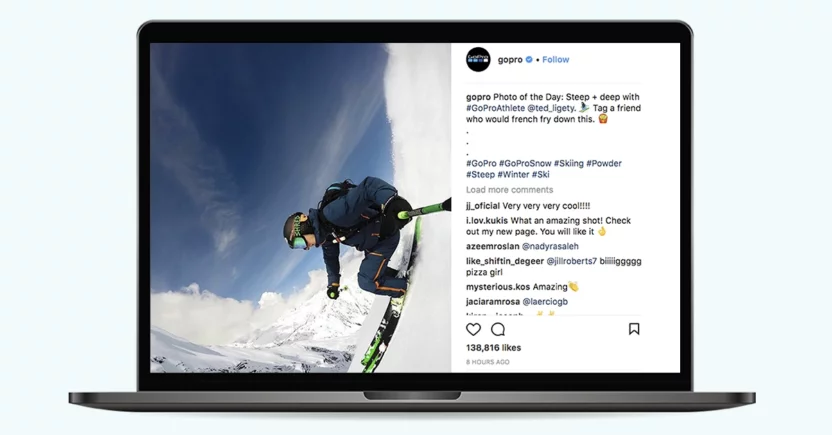
GoPro is a pro at leveraging social media channels to boost engagement. For starters, it has a solid (and active) presence on visual platforms like Instagram, Pinterest, and YouTube.
Next, it uses user-generated content to connect and resonate with its target audience. Sure, some of the user-generated content can give professionals a run for their money, but it exudes the feeling of “this is one of us!” which is all the more reason to drive customer engagement. And if that’s not enough, GoPro offers an additional incentive through its Awards program, which not only recognizes or lauds user-generated content but also rewards it with gear, cash, discounts, and more!
3.) Fender: Complimentary Services for Post-Purchase Engagement
Customers have no qualms about making the initial purchase from notable brands like Fender. However, it is the stickiness of such customers that can be an issue, with 90% of guitarists abandoning the instrument within a year. Rough.
However, there’s still hope considering that about 67% of beginners seek out and consume guitar content. Seeing this opportunity, Fender launched Fender Play – an online guitar learning platform for better customer engagement and retention.
With free and paid lessons, Fender Play improved customer engagement, unlocked new revenue streams, helped customer retention, and improve customer satisfaction – all in a single sweep!
Watch the video here: What is Fender Play? | Fender Play™ | Fender
| The genius of using complimentary services as a customer engagement strategy example is that it is easy to replicate. For example, Nike does something similar to Fender in the Nike training club apps. Those subscribed to the NikePlus membership program can access complimentary services like Apple Music, Headspace, etc. They also link these rewards to user progress, which is another way to encourage engagement! |
4.) Autodesk: Gamification to Increase Product Adoption
Gamification is an excellent way to gain recurring engagement. While Duolingo is well-known for engaging customers through gamification, Autodesk attempted something similar about a decade ago. It deserves a special mention for innovatively embracing this customer engagement example in the B2B domain.
It launched “Undiscovered Territory” – an educational eight-chapter mission-based adventure game to increase engagement amongst 3ds Max users. This customer engagement campaign was a resounding success, encouraging the brand to recreate the same for the AutoCAD Design Suite via “The Apocalypse Trigger.” Such clever engagement strategies fetched Autodesk recognition from Gartner, Forester, and PwC.
5.) Mastercard: Loyalty Programs to Promote Product/Service Use
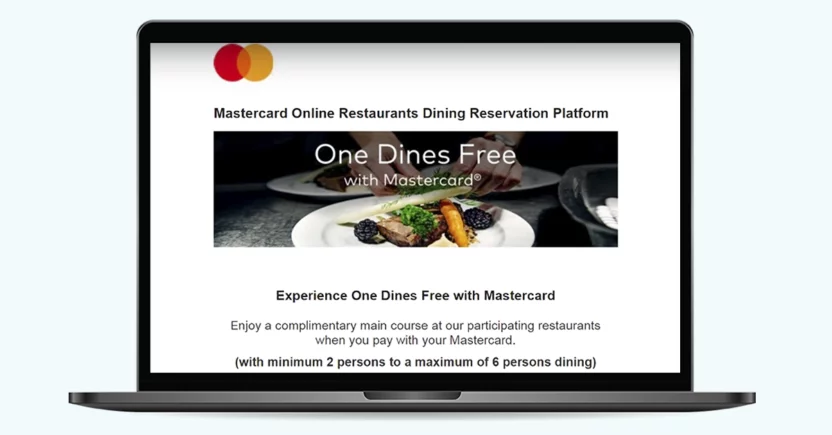
Mastercard successfully runs dual rewards programs for its B2C and B2B segments. Cardholders (B2C) get access to a buffet or offers and benefits covering travel, activities, retail, and entertainment to get the most from their card. One Dines Free – an exclusive loyalty program that offers a complimentary main course at partner restaurants – is a great example of how it fosters brand loyalty.
The brand complements it with a rewards program for enrolled merchants (B2B) by offering valuable customer data for tying up with Mastercard. Additionally, businesses receive assistance to generate brand awareness, attract business, drive engagement, run targeted campaigns, and improve customer experience.
6.) S’More: Personalization for Relevant and Contextual Engagement
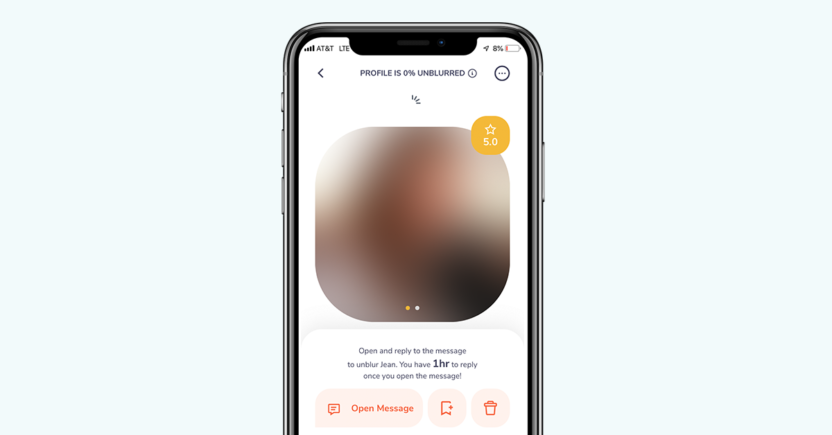
It is impossible to imagine a dating app that lacks personalization. However, S’More or Something More (now Tawkify) differentiated itself from the likes of Tinder, Bumble, and Hinge.
To make dating “anti-superficial,” S’More accepted user inputs to build 3D profiles containing music, voice, preferences, behavior, demographics, etc. It matched profiles based on these factors to focus on building meaningful relationships.
Customers with high activity levels were rewarded with content unlocks and photo reveals. Such an organic strategy for engaging customers drove app usage by an impressive 65%!
7.) Google: Community Building for User-Led Engagement
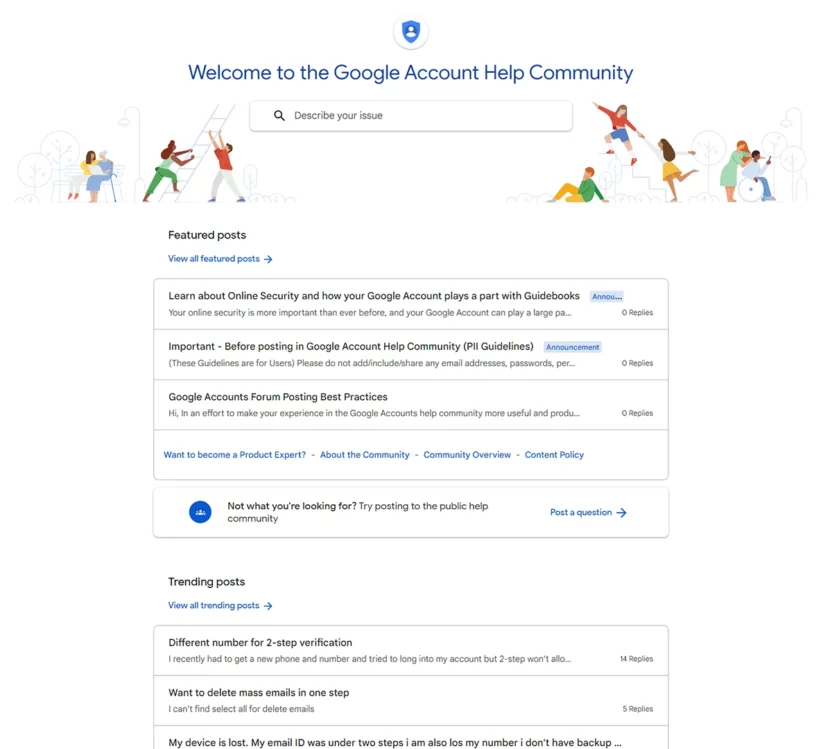
Online communities offer two-fold benefits.
First, they encourage engagement by allowing like-minded individuals to connect with each other.
Secondly, they improve customer experiences by making information readily available and accessible.
Community-led engagement becomes even more crucial in the age of self-servicing. And for this reason, Google is a shining community-led customer engagement example.
Google segments its customer base into communities across the length and breadth of its various products and services. You have a Google Account Community, a Google Assistant Developer Community, a Gmail Community, a Google Cloud and Workspace Community – the list goes on.
These communities keep the chatter up and engagement levels high, even when Google is not leading the conversation.
Closing Thoughts
That’s a wrap on how to curate a winning customer engagement campaign. Here’s a quick recap of a few tried and tested strategies for engaging customers:
- Welcome emails to kickstart engagement from first touch
- Social media campaigns to humanize brand engagement
- Milestone messages to celebrate customer journeys
- Loyalty programs to keep customers coming back for more
- Personalized notifications to address specific issues
- Support interactions for a well-rounded customer experience
- Conversational AI to make engagement conversational
- Feedback and surveys for post-sales engagement
At MoEngage, we believe that brands should view customer engagement as means to connect with customers rather than seeing it as a performance metric alone. Once brands make it a business objective to nurture deep and lasting customer relationships, they will automatically notice the engagement parameters scale accordingly.
Fortunately, businesses, big or small, can foray into the world of customer engagement through its many mediums and forms. From social media platforms to chatbots, there are several avenues to connect with and delight your customers along their journey.
Hopefully, the customer engagement examples discussed above can inspire you to craft engagement campaigns that will promise business success!
